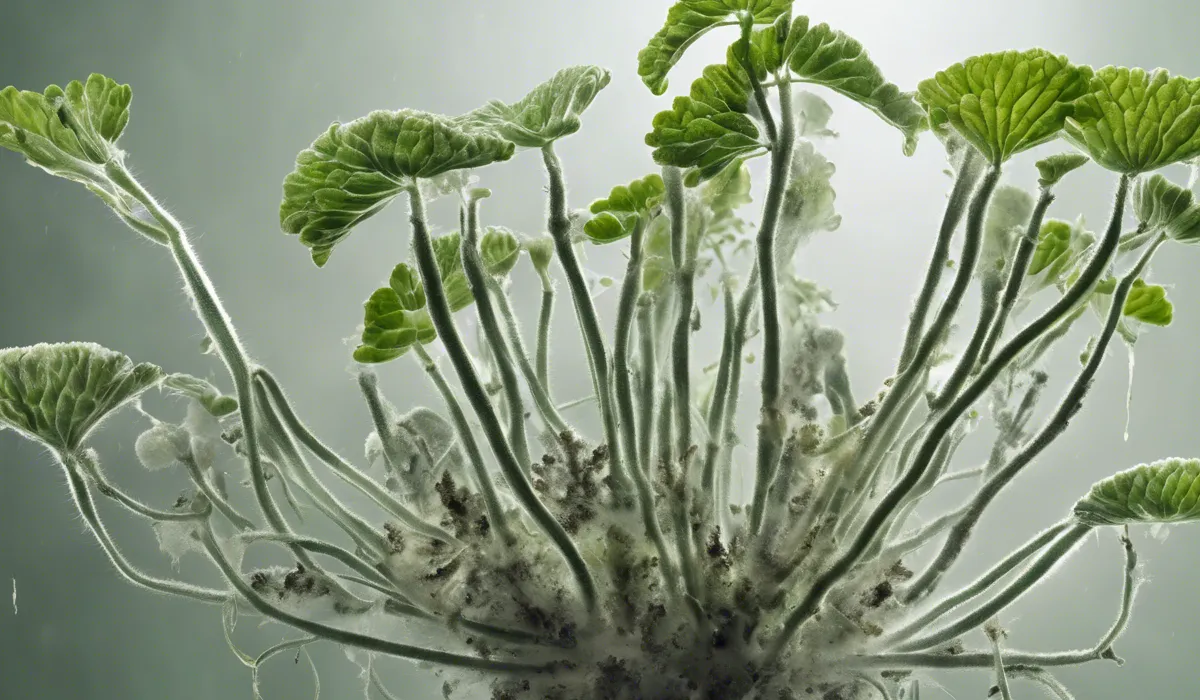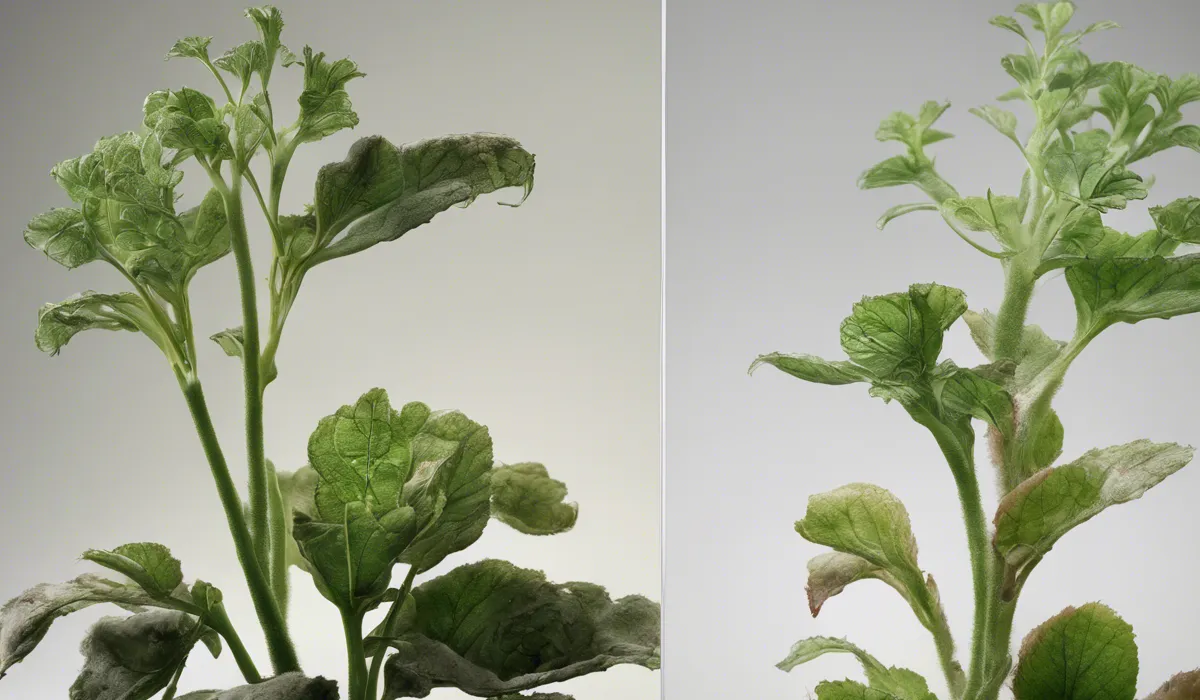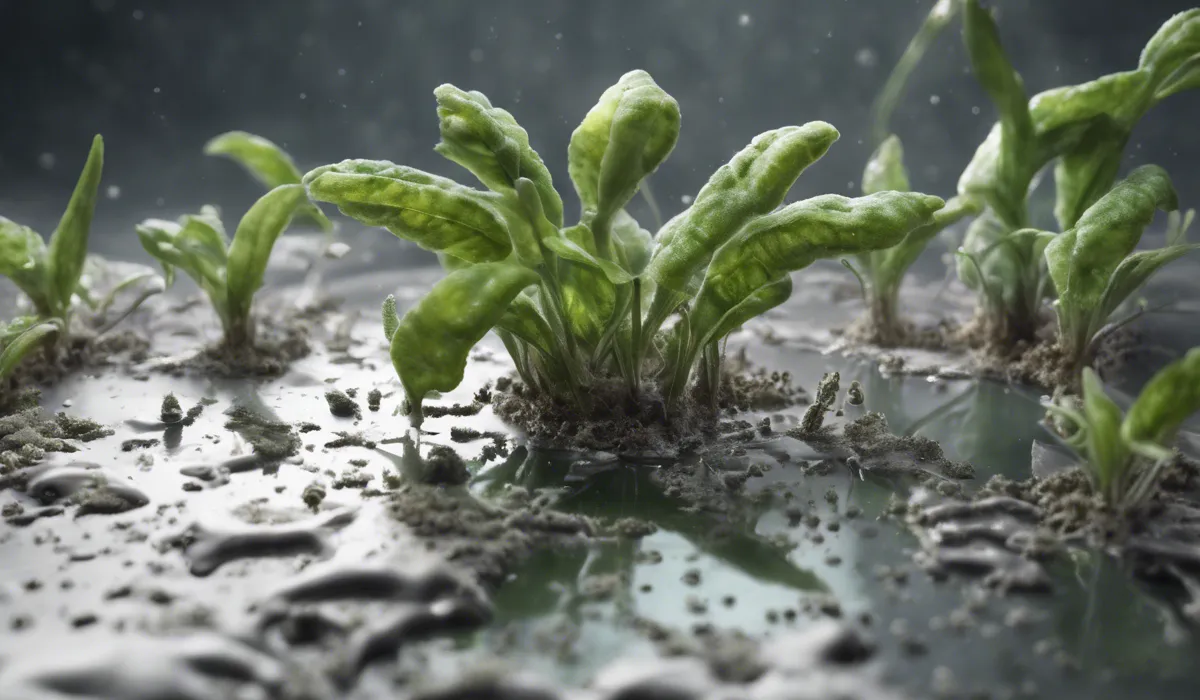Mold is not a plant; it is a type of fungus. Unlike plants, molds lack chlorophyll and do not perform photosynthesis. They thrive in moist environments and decompose organic material.
Mold and Its Biological Classification

What Exactly Is Mold?
Mold is a type of fungus that we often see in our daily lives. It can grow on food, walls, and many other places.
Mold looks like a fuzzy or slimy patch and comes in different colors like green, black, or white. It’s not a plant or an animal, but a living organism with its own category in the world of biology.
Mold Versus Fungi and Plants
While mold is a kind of fungus, not all fungi are molds. Fungi include a big group of organisms, from mushrooms to yeasts.
Molds are different because they grow in filaments and like to live where it’s wet. Molds, fungi, and plants are all different kinds of living things.
Plants use sunlight to make their food, but molds and other fungi don’t; they find their food in other ways.
Characteristics Unique to Fungi
Fungi, including molds, have some special traits. They make spores, which can travel through the air to start new mold colonies.
They don’t have chlorophyll, so they can’t use sunlight to create food like plants do. Instead, they grow by breaking down and eating dead things, which is a very important job in nature.
The Growth Process of Mold
Molds start as tiny spores that land on damp spots. These spores sprout into threads called hyphae. As these threads spread out, they form a network called mycelium, which is the main body of the mold.
Then, when the conditions are right, the mold produces more spores, and the cycle starts again.
How Mold Differs from Plants?

Cell Structure: Mold vs. Plants
The cells of molds are very different from plant cells. For one, mold cells don’t have chloroplasts, which are like tiny power plants inside plant cells that use sunlight to make food.
Molds also have a different kind of wall around their cells. While plants have walls made of cellulose, molds have walls made of chitin, which is the same material found in the shells of insects.
How Mold and Plants Reproduce?
Molds reproduce by making spores that spread through the air or water. These spores are like tiny seeds, but they’re not the same as the seeds of plants.
Plant seeds are bigger and have all the parts needed to start a new plant. Mold spores are simpler and can start to grow as soon as they find a moist place.
Mold’s Diet: Heterotrophic Lifestyle
Molds get their food by breaking down dead or dying things, which means they are heterotrophs.
They send out enzymes that break down complex substances into simpler ones they can absorb. Plants, on the other hand, make their own food using sunlight and air in a process called photosynthesis, which is an autotrophic lifestyle.
The Role of Mold in Nature
Molds play a role in nature as decomposers. They help to turn dead plants and animals into simpler substances that can go back into the soil to feed new life.
Plants are producers; they make food for themselves and for others. Without molds and other decomposers, the earth would be full of dead stuff, and nutrients wouldn’t get recycled.
Impact of Mold on Humans and the Environment

Mold’s Environmental Cleanup
Mold helps the environment by breaking down leaves, wood, and other organic materials. This breakdown is crucial because it returns nutrients to the soil, helping plants grow.
Without molds doing their job, we would have too much dead material piling up, and it would be harder for new plants to get the nutrients they need.
Mold in Food and Medicine
Some molds are really important for making certain kinds of cheese, like blue cheese, which has those famous blue veins.
Molds are also used to make medicines. The most famous example is penicillin, an antibiotic that has saved millions of lives. It comes from a kind of mold called Penicillium.
Health Risks of Mold Exposure
While mold can be helpful, it can also be harmful to our health. Breathing in mold spores can cause allergies, asthma, and other respiratory problems.
Some molds produce mycotoxins, which can be very dangerous, especially if we eat them with our food. That’s why it’s important to keep mold away from where we live and eat.
Keeping Mold at Bay
Preventing mold in our homes and workplaces is important for our health. We can do this by keeping things dry because mold needs moisture to grow.
Fixing leaks, using dehumidifiers, and making sure our living spaces are well-ventilated can help prevent mold from becoming a problem.
When Mold Becomes a Problem
If we find mold growing in our home, we need to clean it up quickly and safely. Using the right cleaners and protecting ourselves with gloves and masks can help.
Sometimes, if the mold problem is big, we might need to get professionals to help us make sure it’s all gone.
Education and Awareness
Learning about mold helps us understand how to deal with it. Knowing that mold can be both helpful and harmful gives us a better idea of how to balance its presence in our environment.
Education and awareness are key in managing mold’s impact on our lives and our planet.
FAQs About Mold as a Plant
Is mold classified as a plant?
No, mold is not classified as a plant; it is a fungus.
Do molds perform photosynthesis like plants?
No, molds do not perform photosynthesis because they lack chlorophyll.
Can mold grow without sunlight?
Yes, mold can grow without sunlight as it does not rely on photosynthesis for energy.
What environment is favorable for mold growth?
Mold thrives in moist environments and can often be found in such conditions.
What is the ecological role of mold?
Mold plays a crucial role in decomposing organic material, thereby recycling nutrients in ecosystems.
Final Thoughts
Mold diverges fundamentally from plants as it belongs to the fungal kingdom. Lacking chlorophyll, it cannot photosynthesize and instead survives by breaking down organic matter in moist conditions.
Its biological processes and environmental requirements underscore its distinct classification as a fungus.
